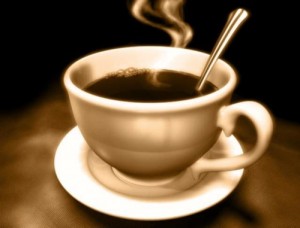Limitations of Selection
September 3rd, 2016Giving people options is one of those seemingly straightforward ideas that is fraught with an inordinate amount of traps that would rival an Indiana Jones movie.  You see, when the world of online shopping was just in its infancy, a real-world study on choice was released.  The findings, summarized here, essentially show that while a huge selection can draw more attention, the actual sales of a smaller selection can be higher (due to a higher conversion rate).
That experiment, and the hypothesis it created – that more choice isn’t good – has had a meaningful impact in the retail world around us. For example, how many times have you heard that companies are simplifying their menu? This can mean everything from reduced items on the menu – something McDonalds has talked a lot about – to ingredients customers “can understand“, to simplified pricing like Subway. All of these companies want to close the sale, and do it as quickly as possible.
I can see the logic of their actions. Sure, it’s pretty annoying when your favorite item is no longer on the menu even if all the ingredients are still behind the counter. And when you ask people if they want optionality, of course they say yes.
But, for me, I have to say that I think certain companies are missing the boat on this. Specifically, I’m thinking about the entertainment space. And even more specifically about online rentals. You see, from my experience, the online selection of movies included in Netflix or Prime can be pretty terrible. No wonder Netflix started making their own content. When I am browsing their online catalogs it feels like I have to search through some pretty terrible stuff to find the few good movies. If only their were data-oriented companies who could help me programmatically figure out what I might like to watch…
Oh, right, that’s basically what those companies are built on. I’m sure they do a great job with it. They know how to limit the selection the the categories that I might find most relevant. I get that Netflix doesn’t want me to see all the crazy categories they have (however you can search for them). What irritates me is that in these buckets of recommended movies (or apps, etc.) the companies put a finite amount of options.
When I see a section called “Recommended for you” I want to be able to scroll for days and days. Instead, it seems like they have some sort of random cap and I can reach the end of the list. Same thing for “Top rated movies”. The list comes to an end. Sorry guys, but there is absolutely no reason to do this. Or, if there is, could you make some sort of link so I can keep on scrolling. By definition you’ve scored (or viewers have rated) all the movies considered. There is, in fact, a next best fit or next highest rated movie beyond the end of that list.
My ask to these companies is basic. Allow limits to be removed on what is, at it’s core, a browsing activity. It should feel like the selection is limitless. Instead, if feels like it only serves to highlight the terrible, and overly finite, selection these services contain.
This has been a Thought from the Cake Scraps.
